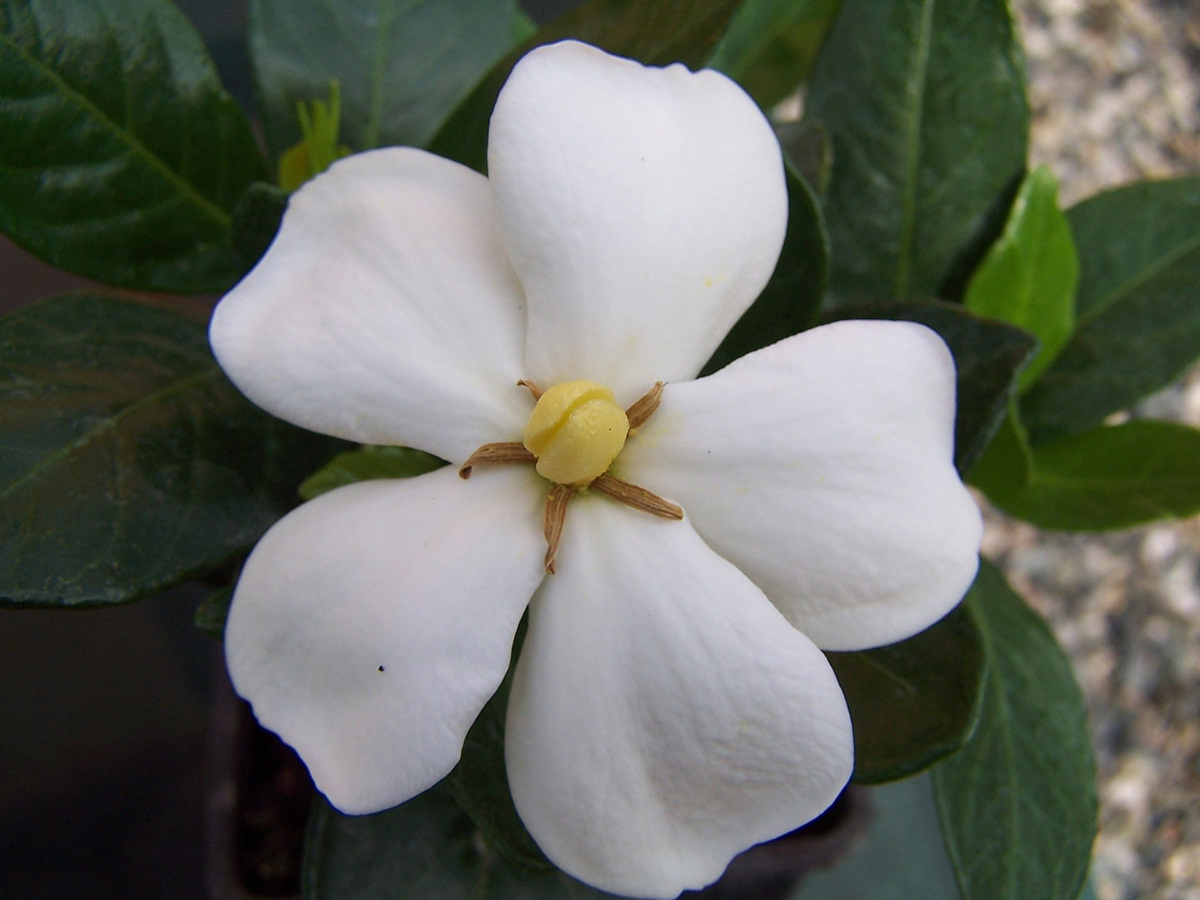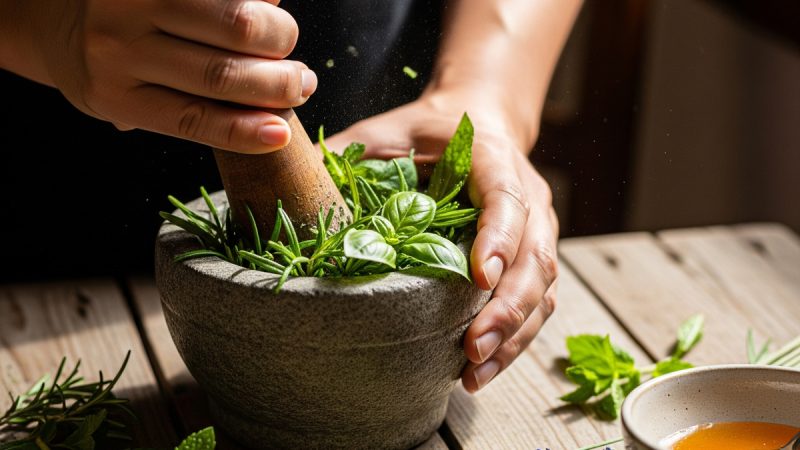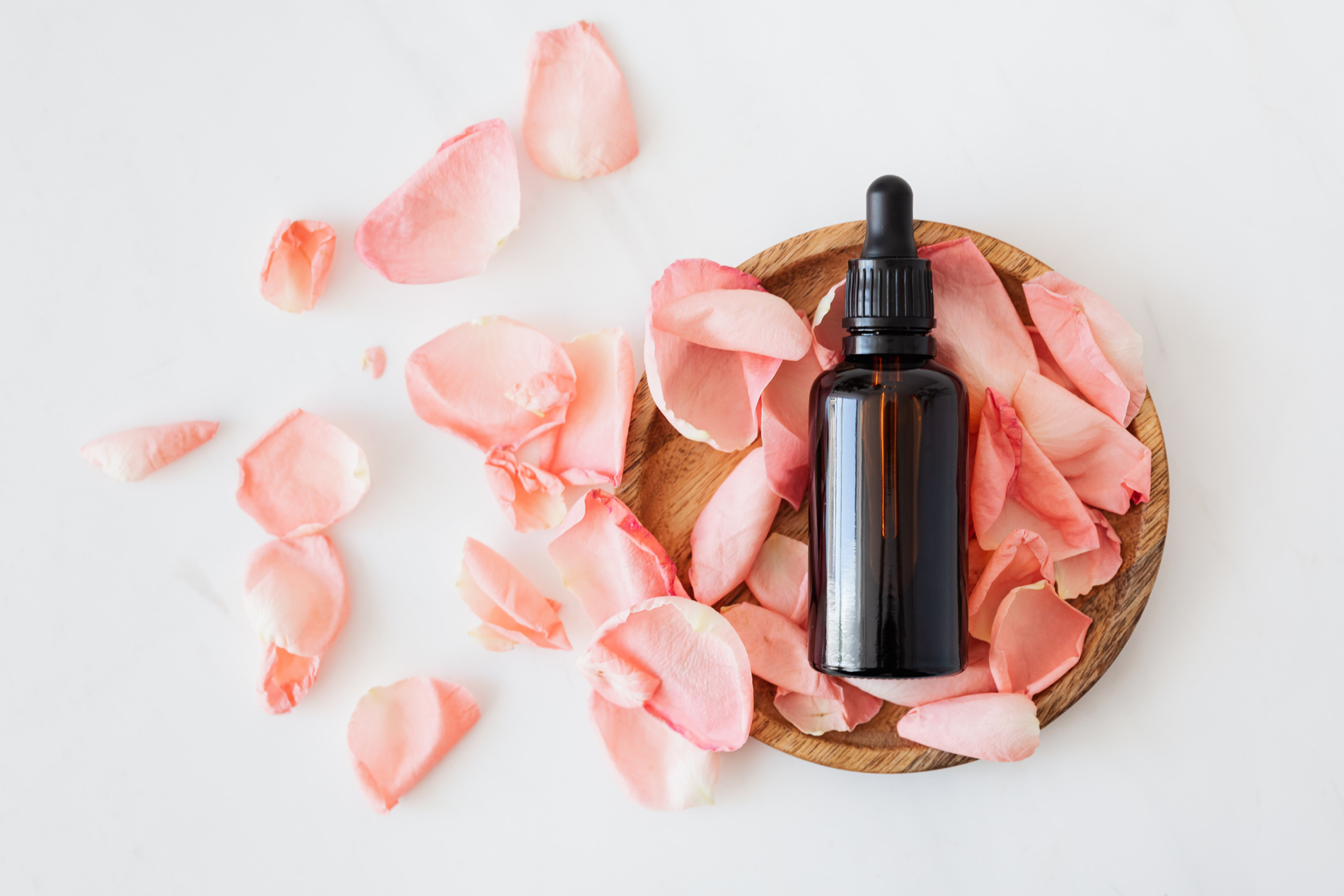Perfume Making – Fragrance Notes and Accord Explained

What are Fragrance Notes?
Perfumes are made up of different fragrance notes that come together in accords to form the aromatic framework of the blend.
For the average person, it’s difficult to pinpoint the exact scent structure and content of a fragrance note. This is because each note is usually made up of so many components that it’s impossible for the lay person to work out the content. The only way to establish the full note structure of a perfume will require you having access to the original formula chemical analysis of the blend.
The perfume notes of fragrances or aroma oils are broken down into three sections. These sections represent the different stages in the life of the perfume; from when it is freshly applied, through its dry down, through to the final evaporation stage.
Top Note
This is the first phase of a perfume’s life and plays a major part in the first impact the scent makes. It forms a perfume’s initial impression.
This phase uses volatile fragrance materials that are vibrant and diffusive to provide the initial impact of the perfume, which then leads you into the heart of the scent. Common examples are spicy and citrus notes. In short, they are the notes you smell first when you apply your perfume and the first components of the blend to evaporate.
Middle Note
This is the intermediate phase of a perfume, where the aromatic raw materials with less volatility than the top note produce the bouquet for the body of the fragrance. Also known as the heart of a perfume, they emerge after the top note, last longer and slow down or mask the emergence of the sometimes overpowering base notes. They add balance and complexity to blends, helping the perfumer to create beautiful perfumes.
Base Note
These notes are the final part and the most long lasting components of a perfume blend. They are the fixative ingredients in a fragrance that provide tenacity and keep the top and middle notes from fading too quickly. When making perfumes it’s important to get this part right because these notes can easily dominate the overall fragrance of the blend. In a perfume, the base note appear after the evaporation of the top note, it shows itself through the veil of the middle note. Emerging slowly from the heart note, it reveals its full character in the final phase or dry down of the perfume.
What are Perfume Accords?
These are the combinations of aromatic notes that form the basic structure in perfumes. Different aromas are blended together to form totally new scents that make up the formula or structure of a perfume. Think of a perfume accord in comparable terms to different herbs used in cooking. When the herbs are added to other random ingredients, different recipes, flavors and smells are created. In the composition process of creating perfumes, different scenting additives like aroma chemicals, fragrance oils and essential oils might be used in different combinations to create new odors. This process of combining perfume accords is the building block of a fragrance.
Perfume making is really interesting and an easy skill to learn. Making perfumes by combining different accords or fragrance notes is fascinating. You can make your own perfumes or even earn from home by selling your blends.
The Author:
Remy Baker is a successful perfume maker/entrepreneur. She is the author of Scent2Riches, a perfume making from home guide. The manual shows people how to make perfumes for next to nothing and sell their blends for big bucks, from the comfort of their homes. If you’ve found this article helpful, find out more here: Work From Home Making Perfume.








